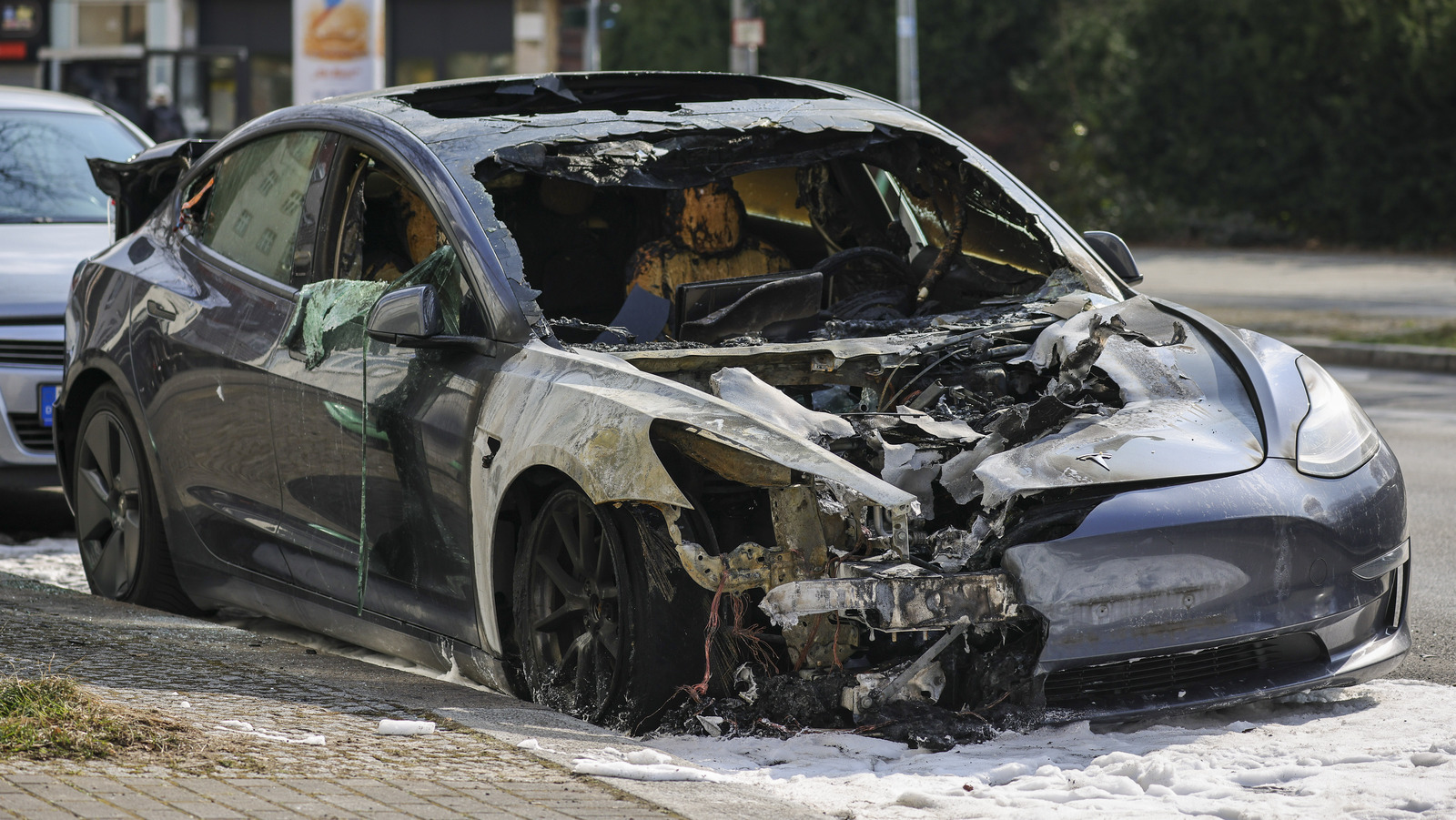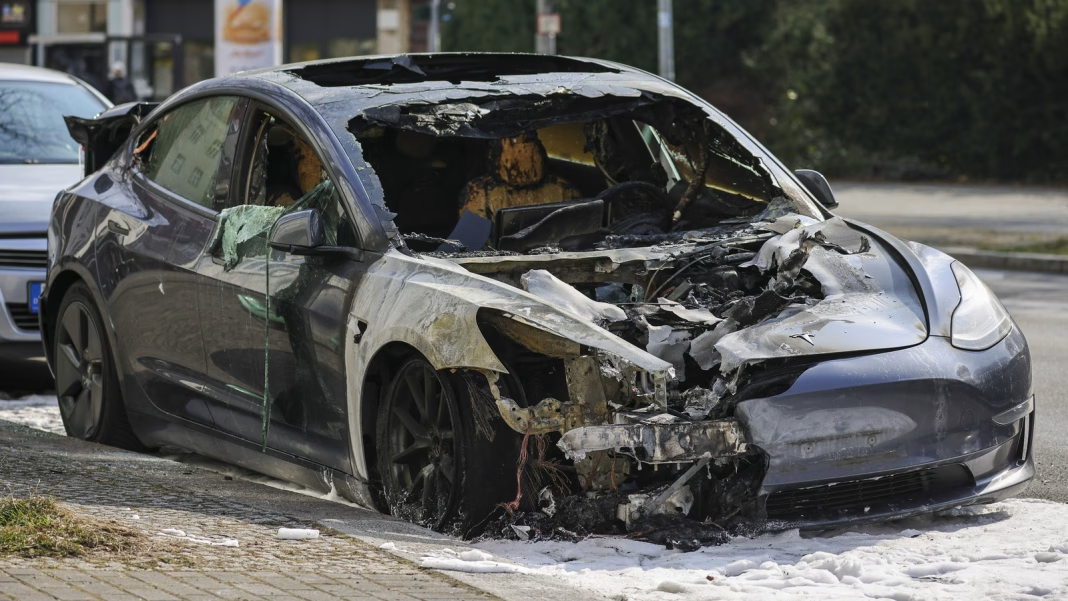Tesla’s recent sales figures in Europe have raised eyebrows, particularly in Germany and the UK, where the numbers tell a story of declining interest. In April, Tesla managed to sell only 885 vehicles in Germany, a significant drop that has many wondering what’s behind this trend. The situation is even more pronounced in the UK, where sales plummeted to just 512 units. So, what’s going on?
What’s Causing the Decline in Tesla Sales?
Several factors could be contributing to this downturn. For starters, the European market is becoming increasingly competitive. With traditional automakers ramping up their electric vehicle (EV) offerings, consumers now have more choices than ever. Brands like Volkswagen, BMW, and Ford are not just entering the EV space; they’re doing so with vehicles that are often tailored to local tastes and preferences. This shift means that Tesla, once the undisputed leader in the EV market, is facing stiff competition.
Another aspect to consider is pricing. Tesla has made headlines in the past for its price cuts, but these moves can create uncertainty among potential buyers. Some consumers might be holding off on purchasing, hoping for further discounts or new models. This wait-and-see approach can stall sales, especially in markets where buyers are looking for the best deal.
Consumer Sentiment and Brand Perception
Brand perception plays a crucial role in consumer choices. While Tesla has built a strong reputation for innovation and performance, recent controversies surrounding the company—ranging from leadership decisions to quality control issues—may have affected consumer trust. In markets like Germany, where engineering excellence is highly valued, any perception of compromise can lead buyers to consider alternatives.
Moreover, the charging infrastructure in Europe is still evolving. While Tesla has an extensive Supercharger network, the overall EV charging landscape can be daunting for new buyers. Concerns about charging availability and convenience can deter potential customers, especially those who are new to electric vehicles.
What About the Future?
Looking ahead, Tesla faces a pivotal moment. The company needs to adapt to the changing landscape, not just by innovating its vehicles but also by addressing consumer concerns. This could mean enhancing customer service, improving vehicle quality, and expanding charging options.
Additionally, as governments across Europe push for greener initiatives, the demand for EVs is likely to grow. Tesla has the opportunity to reclaim its position by aligning its strategies with market needs and consumer expectations.
The big takeaway? Tesla’s current sales slump isn’t just a blip; it’s a signal that the landscape is shifting. The company must respond to these changes with agility and foresight. Start with one change this week, and you’ll likely spot the difference by month’s end.


